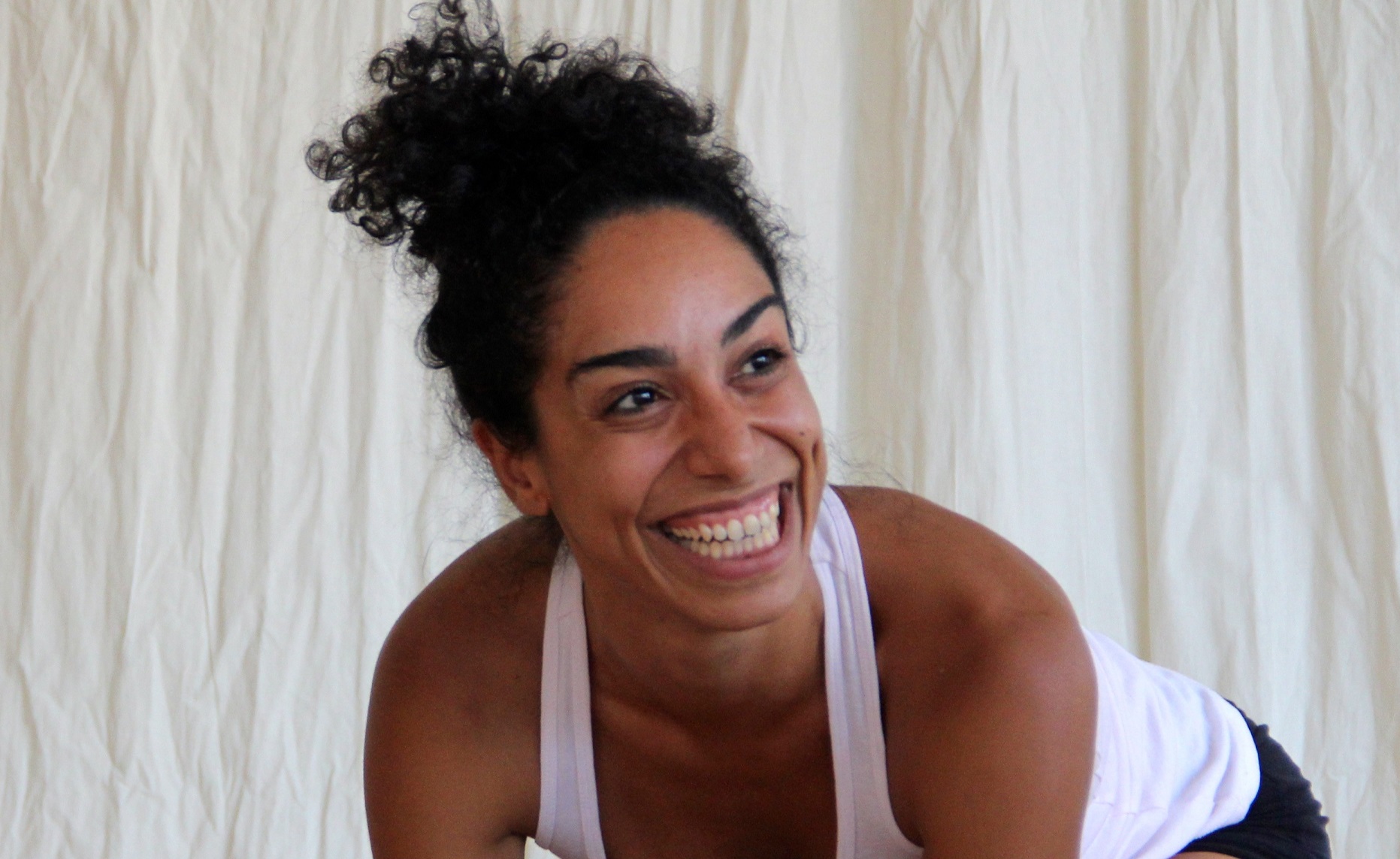In 1969, at 39 years old, Tu Youyou left her two young children with family and set out on a secret mission to the rainforests of China’s Hainan Island. Chairman Mao had received an urgent plea from a key ally, North Vietnam, to tackle the malaria epidemic tearing through its army. Tu was one of the scientists chosen to research a similar outbreak on Hainan and find a cure.
The trip was hot, humid, and dangerous. It ended up being three years before she was able to return to the mainland and see her children again.
By that time, 240,000 compounds had been tested in China for antimalarial drugs. None had worked. Tu, a traditional medicine specialist, had a brainwave: Maybe the Zhou, Qing and Han Dynasties—stretching back as far as 3,000 years—would be able to guide the way where modern medicine had failed?
Tu and her team began meeting traditional medical practitioners and pouring over ancient medical texts. They waded through the Canon of the Pulse and the Basic Questions put to the mythical Yellow Emperor. Eventually, the medics found a 1,600-year-old reference to “sweet wormwood” being used to treat “intermittent fevers”—a known malaria symptom. But when the compound was extracted and boiled to make a solvent, it didn’t work.
Tu returned to the books. Further reading uncovered a different way of boiling the compound that wouldn’t damage the solution. This time, there was a 100 percent success rate in mice and monkeys—and even on herself and two colleagues, who volunteered to be the first human subjects.
Medicine Laureate Tu Youyou congratulated by family on stage @ the 2015 #NobelPrize Award Ceremony, Stockholm 10 Dec pic.twitter.com/72D3b8XLEQ
— The Nobel Prize (@NobelPrize) December 19, 2015
Tu and her team isolated the active ingredient, artemisinin, and shared the findings in 1972. They had to wait until 1981 for the international community to read an English version and pay attention to the breakthrough and until 2001 for the World Health Organisation to expressly recommend artemisinin as the main treatment for malaria.
But it’s now used in standard treatments for malaria the world over. That’s some reach, given an estimated 219 million people were infected by malaria in 2017. The renowned Lasker Foundation, while awarding Tu a prize of its own, said that it’s “clear that Tu’s insight and vision have saved millions of lives, particularly in the developing world, and continues to yield long-term medical benefits in the ongoing fight against this deadly disease.”
In 2015, at 84 years old, Tu was awarded the Nobel Prize for Medicine—something she took as proof of having faith in the old, traditional ways of treating disease. It also made her the first person born and trained in mainland China to win a Nobel Prize for science.
“Artemisinin… is a true gift from old Chinese medicine,” she’s quoted as saying on the Nobel Prize website. “But this is not the only instance in which the wisdom of Chinese medicine has borne fruit.”


